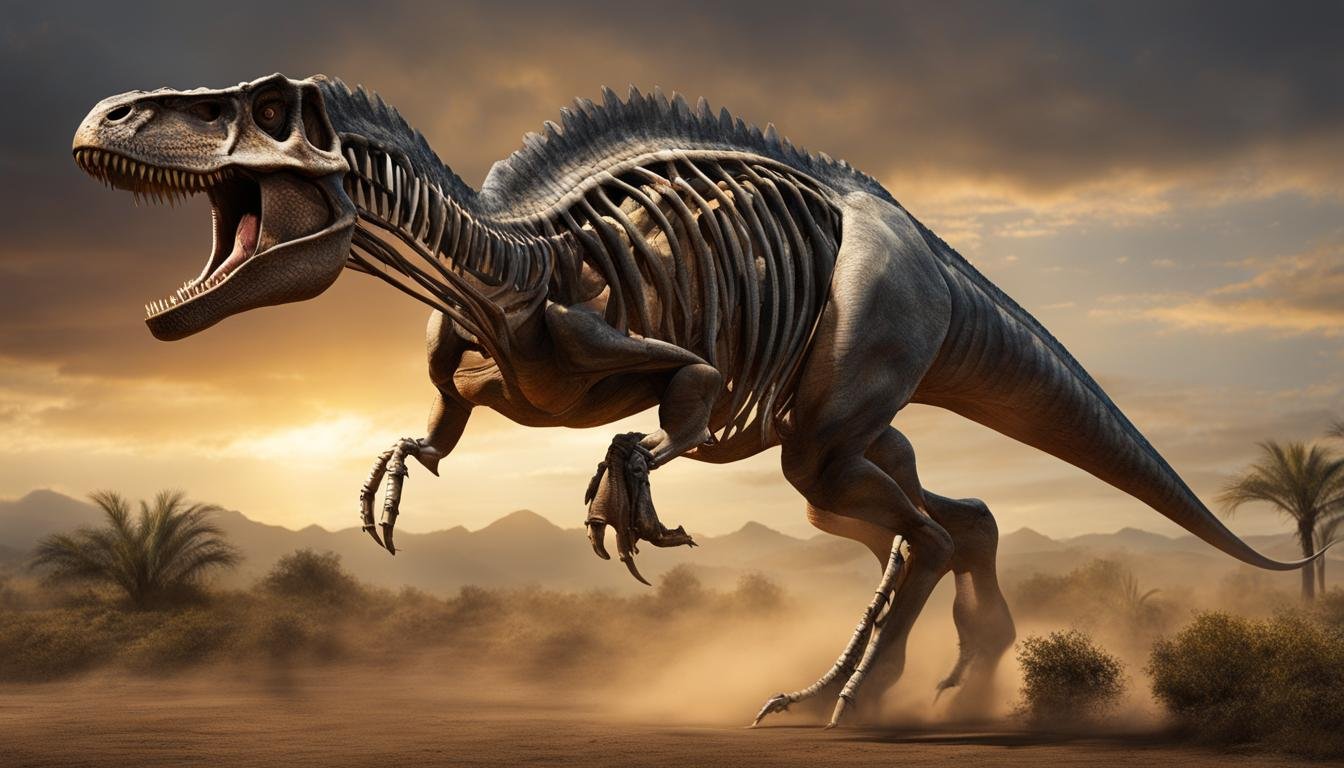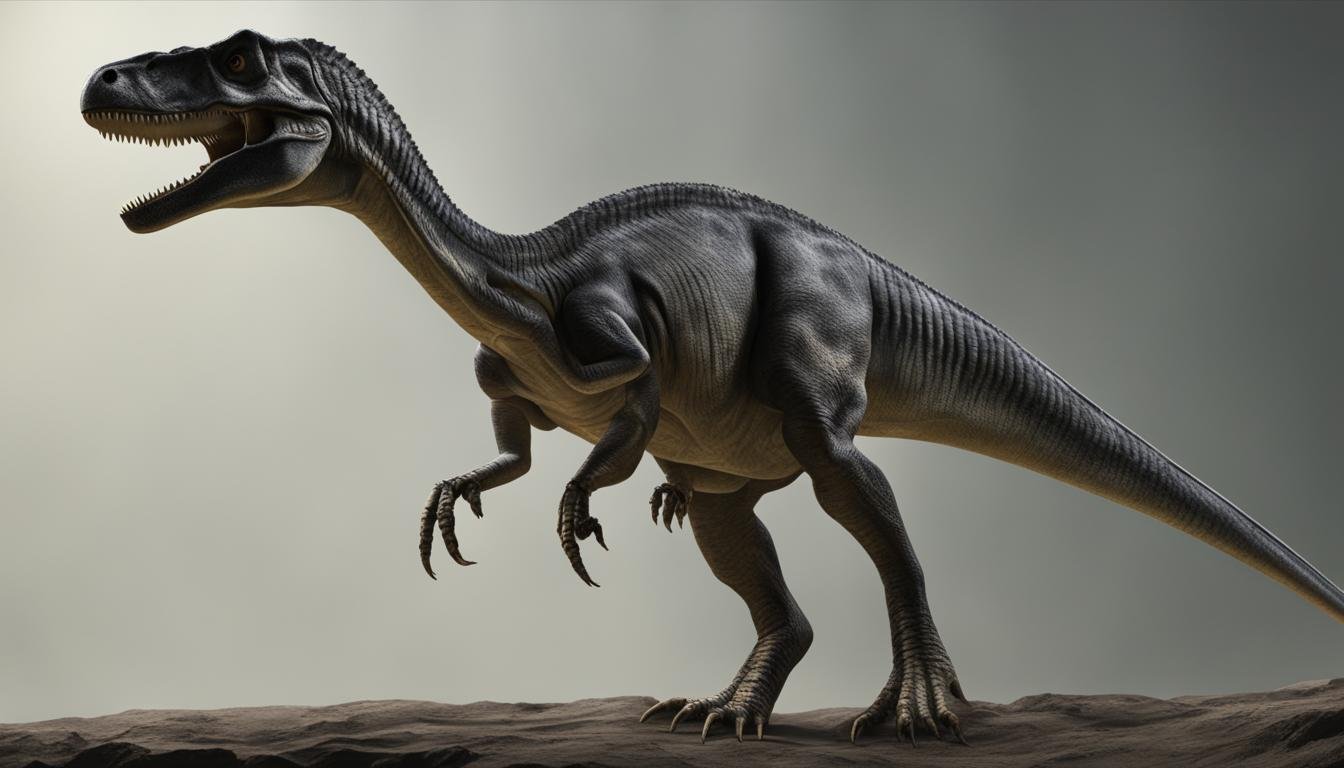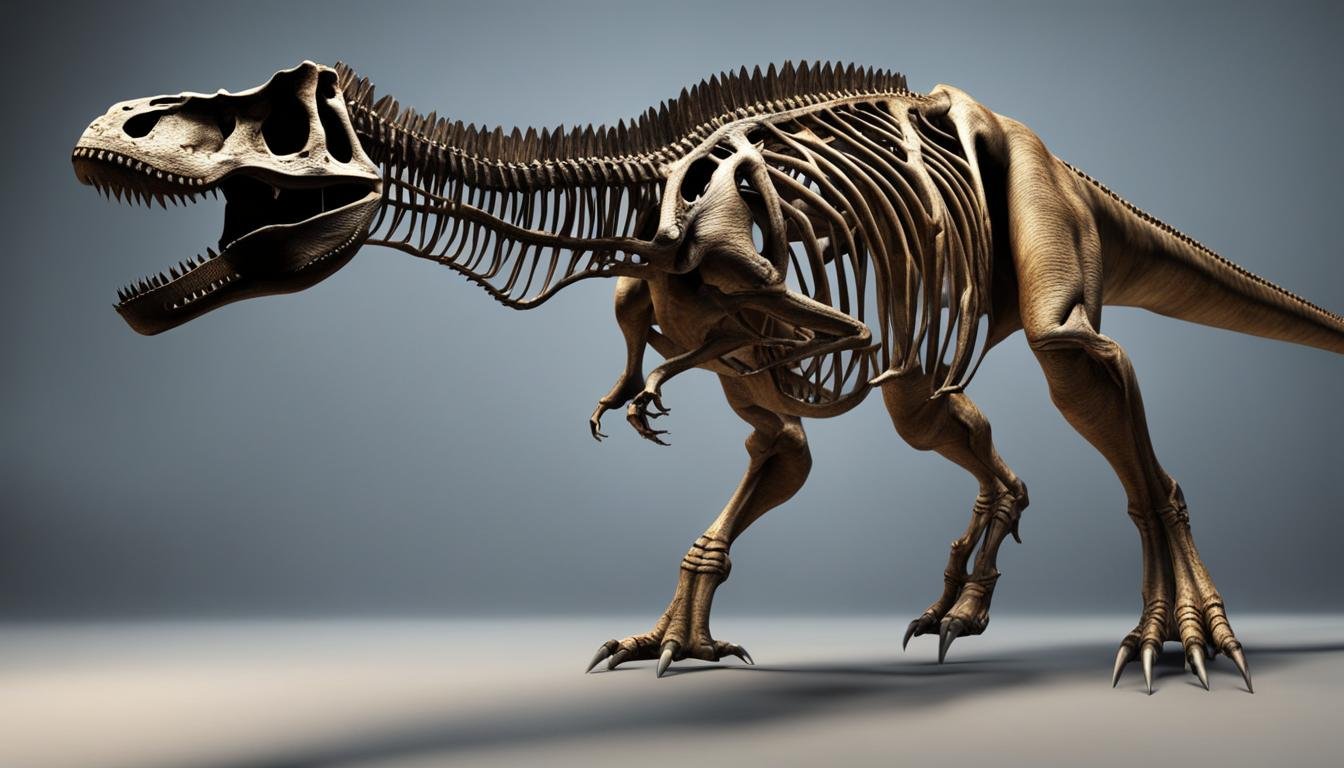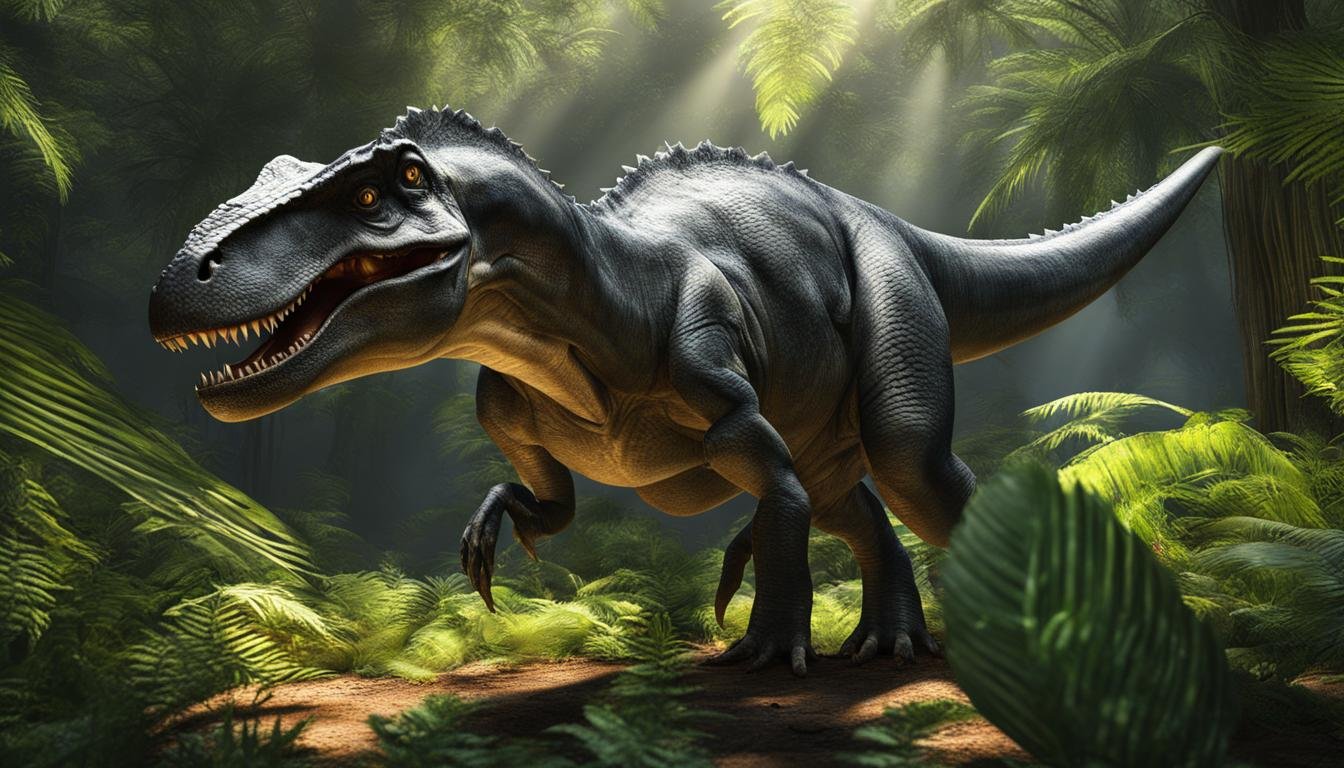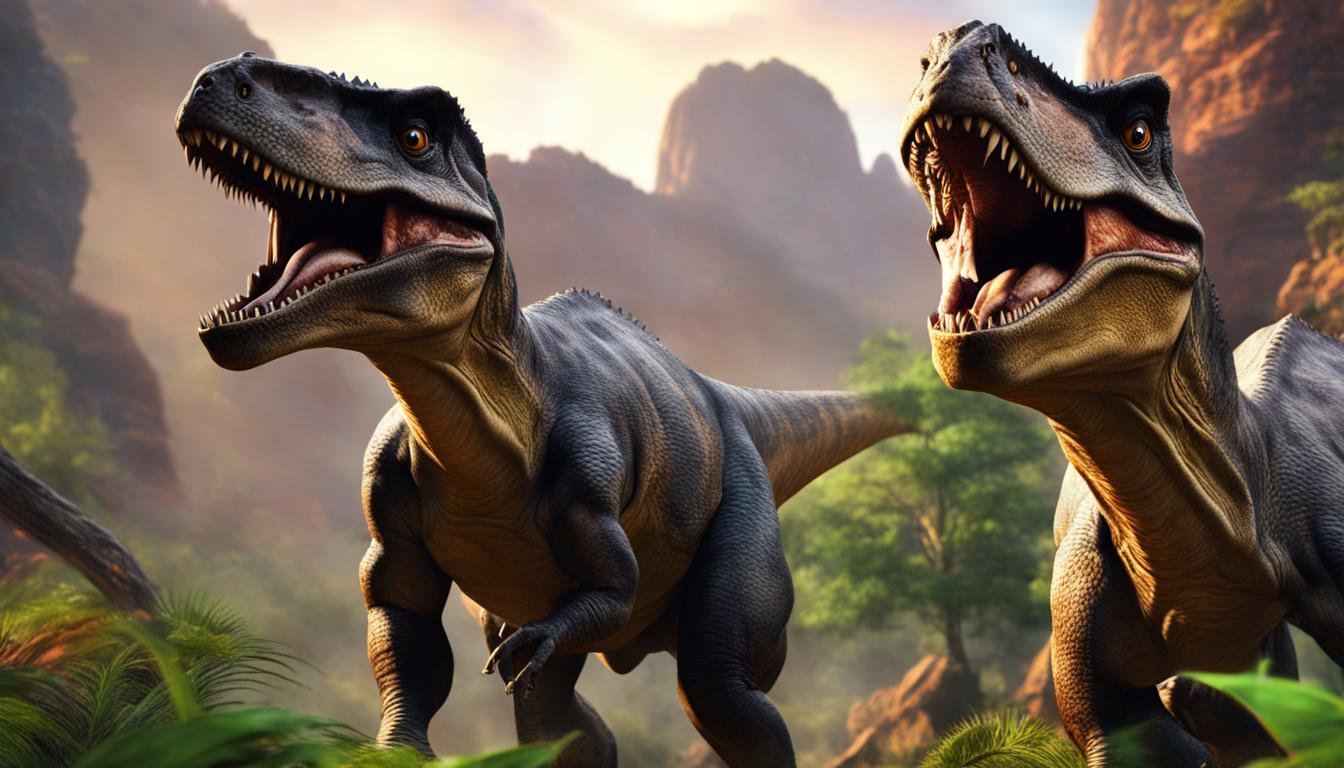Biomechanics has revolutionized our understanding of dinosaurs by providing valuable insights into their biology and behavior. By studying their musculoskeletal system, researchers have been able to estimate their speeds, analyze their locomotion capabilities, and uncover unique adaptations. Through advanced techniques like computational tomography and finite element analysis, scientists have delved into the dynamics of dinosaur movement, shedding light on their evolutionary changes and enhancing our knowledge of these prehistoric creatures.
| Main Point | Description |
|---|---|
| Estimating Dinosaur Speed | Biomechanics allows for the estimation of dinosaurs’ speed and their maximum physical capabilities. |
| Insights from Locomotion Study | Analyzing how dinosaurs moved offers insights into their postures, feeding behaviors, and overall lifestyle. |
| Effectiveness of Defensive Weapons | Biomechanical analysis is used to understand how dinosaurs like the Stegosaurus used their physical attributes, such as tail spines, for defense. |
| Evolution of Musculoskeletal System | Throughout their evolution, dinosaurs experienced significant changes in their musculoskeletal systems. |
| Use of Computational Modeling | Advanced techniques like computational modeling and finite element analysis are crucial for reconstructing and understanding the movements of dinosaur musculoskeletal systems. |
Understanding Dinosaur Locomotion
One of the fascinating aspects of studying dinosaurs is understanding how these ancient creatures moved. Researchers have dedicated considerable effort to unraveling the secrets of dinosaur locomotion through various methods, including the analysis of fossil footprints, known as ichnology. By examining these footprints, scientists can estimate the speeds and stride lengths of different dinosaur species.
Studies have revealed intriguing insights into the locomotion capabilities of dinosaurs. Bipedal dinosaurs, such as the famous Tyrannosaurus rex, were generally capable of speeds under 4 m/s. In contrast, sauropods, known for their massive size, had more leisurely speeds of around 2 m/s. However, exceptional trackways have suggested that some dinosaurs could achieve much higher speeds. For instance, a medium-sized bipedal dinosaur may have reached speeds of up to 11 m/s, while large theropods could have sprinted at speeds of up to 8 m/s.
The analysis of dinosaur movement studies and gait analysis provides valuable information about the locomotion capabilities of different dinosaur species. By understanding how dinosaurs moved, scientists can gain insights into their behavior, hunting strategies, and overall ecology. Additionally, this knowledge contributes to our understanding of the evolution and adaptations of these magnificent creatures throughout history.
| Dinosaur Species | Estimated Speed (m/s) |
|---|---|
| Tyrannosaurus rex | Under 4 |
| Sauropods | Around 2 |
| Medium-sized Bipedal Dinosaur | Up to 11 |
| Large Theropods | Up to 8 |
Table: Estimated speeds of different dinosaur species based on trackway analysis. These values provide insights into the locomotion capabilities of various dinosaurs.
The Evolution of Dinosaur Musculoskeletal System
The musculoskeletal system of dinosaurs underwent significant changes throughout their evolution. By studying the fossil record and using three-dimensional biomechanical computer models, researchers have been able to identify shifts in muscle function and leverage. These adaptations played a crucial role in the locomotion and behavior of dinosaurs, providing them with the necessary power and agility for survival.
During the early stages of dinosaur evolution, hindlimb muscles were more comparable to those found in mammals. However, as dinosaurs evolved towards birds, their musculoskeletal systems underwent notable transformations. The hip and knee muscles adapted to facilitate a crouched leg pose, characteristic of birds, which allowed for efficient locomotion and balance. Additionally, specialized muscle functions emerged in large-bodied carnivorous dinosaurs, enabling them to effectively capture and subdue their prey.
“The musculoskeletal system of dinosaurs is a testament to their incredible evolutionary journey. Through their distinctive adaptations, these ancient creatures were able to conquer various environments and thrive as dominant terrestrial beings.” – Dr. Sarah Thompson, Paleontologist
The intricate bone structure and skeletal anatomy of dinosaurs further supported their musculoskeletal system. The arrangement of bones, joints, and ligaments provided stability and flexibility, allowing for efficient movement and dynamic posture changes. For instance, the elongated necks of sauropods were supported by a complex network of vertebrae and specialized musculature, enabling them to feed on vegetation at great heights.
| Dinosaur | Muscular Adaptations | Function |
|---|---|---|
| Tyrannosaurus rex | Powerful jaw muscles and large neck muscles | Facilitated powerful bites and head movements |
| Velociraptor | Strong leg muscles and highly flexible tail | Allowed for rapid movements and agile maneuvers |
| Stegosaurus | Enlarged back muscles and flexible tail | Aided in defense and thermoregulation |
The evolution of the musculoskeletal system in dinosaurs not only shaped their movements and behaviors but also contributed to their success as dominant terrestrial organisms. The interplay between bone structure, joint mobility, and muscle function allowed these ancient creatures to roam the Earth with remarkable efficiency and adaptability.
Investigating the Biomechanics of Dinosaur Movement
To gain a deeper understanding of dinosaur movement, scientists have employed advanced techniques such as computational modeling and finite element analysis. These methods allow researchers to reconstruct the musculoskeletal systems of dinosaurs and analyze their movements in detail. By estimating factors such as mass, center of mass position, and muscle leverage, valuable insights into the mechanics of dinosaur locomotion have been uncovered.
Through biomechanical analysis, scientists have been able to explore the dynamics of dinosaur movement. These studies have provided valuable information on the various forces and motions involved in the locomotion of these ancient creatures. By examining the biomechanics of dinosaur movement, researchers have gained a better understanding of the unique adaptations that allowed dinosaurs to navigate their environments.
“The biomechanical analysis of dinosaur movement has opened up new perspectives on the behavior and abilities of these ancient creatures. It has allowed us to reconstruct how and why dinosaurs moved the way they did, offering insights into their evolutionary adaptations,” says Dr. Sarah Johnson, a paleobiologist specializing in dinosaur biomechanics.
The Role of Biomechanics in Understanding Dinosaur Evolution
Biomechanical analysis has played a crucial role in illuminating the evolutionary changes in dinosaur musculoskeletal systems. By studying the fossil record and employing sophisticated modeling techniques, researchers have identified shifts in muscle function and leverage throughout dinosaur evolution.
| Dinosaur Group | Muscular Adaptations | Leverage Changes |
|---|---|---|
| Theropods | Specialized hip and knee muscles for efficient running and hunting | Increased leverage for powerful leg extension |
| Sauropodomorphs | Muscle attachment changes for enhanced stability and weight-bearing | Shift from a more mammal-like to a bird-like posture |
| Ornithischians | Adaptations for chewing tough plant material | Changes in jaw muscles for efficient herbivory |
These changes in the musculoskeletal system have had a profound impact on the locomotion and behavior of dinosaurs. By investigating the biomechanics of dinosaur movement, scientists have been able to unravel the fascinating story of how these ancient creatures moved, adapted, and evolved.
Future Directions in Dinosaur Biomechanics
The field of dinosaur biomechanics continues to evolve, with ongoing research expanding our knowledge of these prehistoric creatures. Scientists are now exploring new avenues such as integrating muscle physiology into biomechanical models and using advanced imaging techniques to study the soft tissues of dinosaurs. These advancements hold the promise of unlocking even more insights into the biomechanics of dinosaur movement.
- Further investigations into the gait and stride lengths of different dinosaur species
- Exploration of the effects of environmental factors on dinosaur locomotion
- Study of how muscle physiology influenced the mechanics of dinosaur movement
- Development of more accurate and detailed computational models for analyzing dinosaur biomechanics
By pursuing these avenues of research, scientists hope to gain a deeper understanding of the biomechanics of dinosaur movement and shed new light on the lives of these remarkable creatures that once roamed the Earth.
Conclusion
The study of the biomechanics of dinosaur movement has provided valuable insights into the biology and behavior of these fascinating prehistoric creatures. Through the analysis of their musculoskeletal systems, scientists have been able to estimate their speeds, understand their locomotion capabilities, and uncover unique adaptations.
By examining the dynamics of dinosaur movement through computational modeling and biomechanical analysis, researchers have expanded our knowledge of how dinosaurs moved. These techniques have allowed scientists to reconstruct the musculoskeletal systems of dinosaurs and gain insights into the mechanics behind their locomotion.
Continuing to investigate the dinosaur biomechanics opens up new avenues for research and provides opportunities to further unravel the mysteries of these ancient creatures. By delving deeper into the dinosaur gait analysis and applying cutting-edge techniques, scientists can continue to shed light on the biomechanics of dinosaur movement and enhance our understanding of their evolutionary history.

